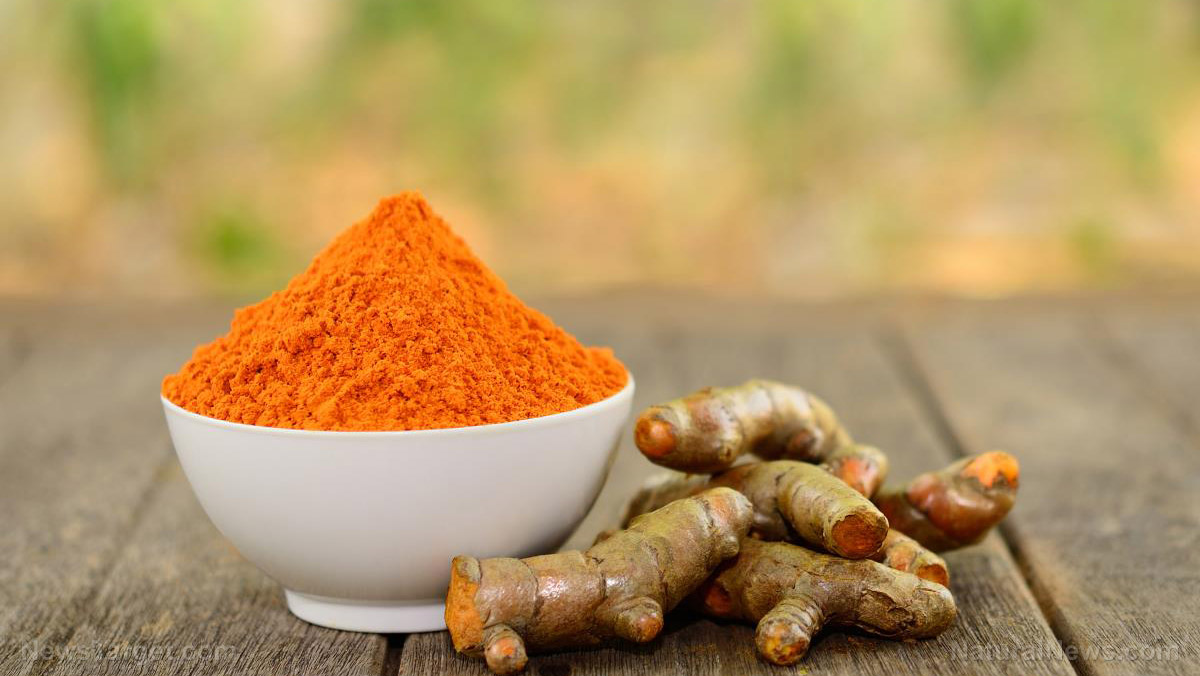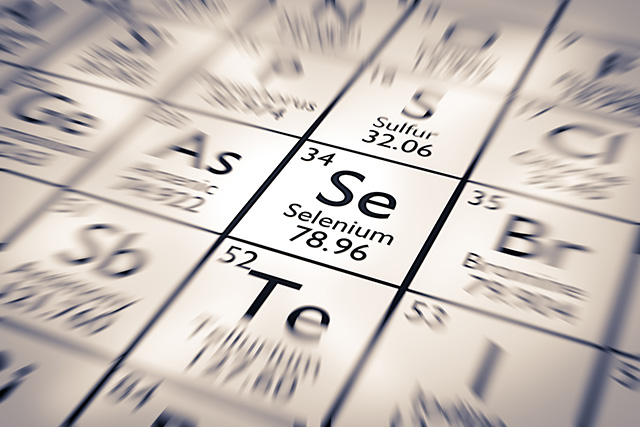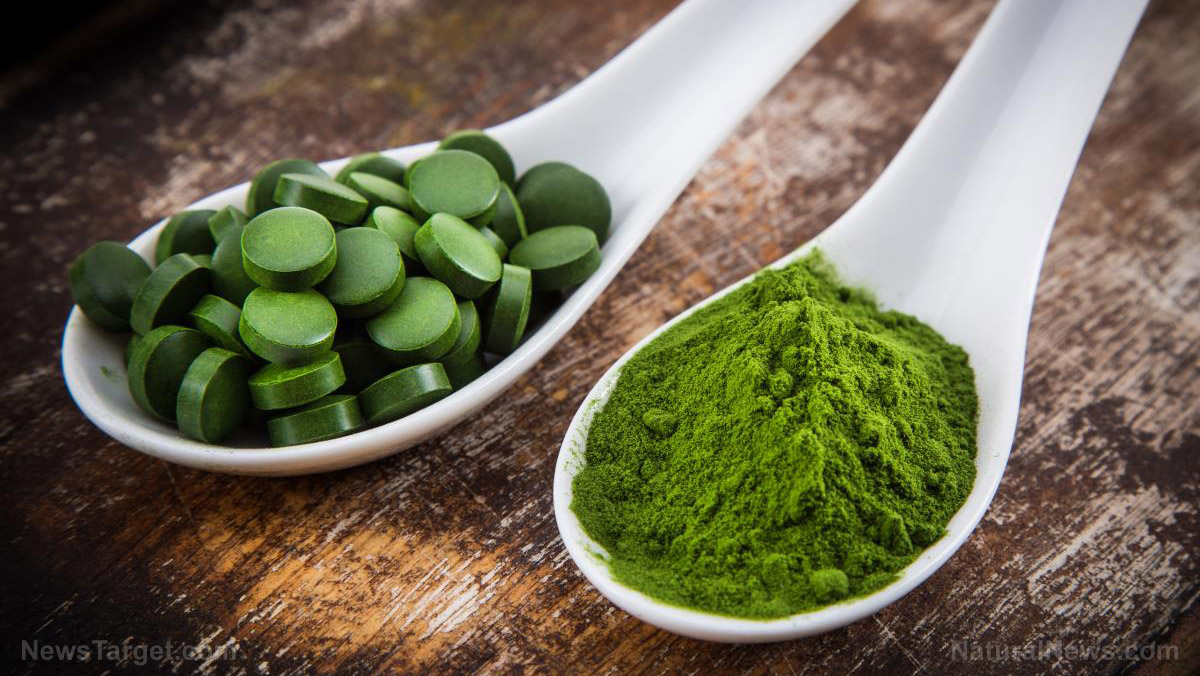The research is clear: Acupuncture reduces chronic pain better than drugs
10/15/2018 / By Isabelle Z.

When you feel pain, what do you do? If it’s minor, you might ignore it and hope it goes away on its own. If you’re still feeling it after some time has passed, perhaps you’ll alternate heat and ice or get some OTC pain pills. If it’s chronic pain, you might turn to physical therapy or your doctor might prescribe you long-term painkillers. One solution most people won’t try, however, could be the most effective option of all: acupuncture.
Acupuncture is one of the world’s oldest healing arts, but it has never quite caught on in the west the way it has in other places. In this procedure, a trained professional inserts super thin needles into your skin at various points around your body. Chinese medicine believes this helps correct imbalances in your qi, or the flow of energy in the body; Western medicine generally believes it works by impacting your immune system, hormone levels or neurotransmitters.
All fear of needles aside, the procedure is surprisingly painless and some insurance plans now cover it. While it isn’t necessary to go to this much trouble for minor pain, it can prove to be a lifesaver if you’re dealing with chronic pain.
Chronic pain can be very tricky to manage because doctors often struggle to find out what causes it. This isn’t a problem with acupuncture, however. The therapist does not need any diagnosis, nor do they need to figure out the cause of the pain in order for their treatment to work. All they need to know is where it originates and how strong it is.
Science backs acupuncture as an effective pain management technique
A meta-analysis published in the Journal of Pain showed that acupuncture is an effective treatment for chronic pain and that its effects persist over time. The researchers reached their conclusions after looking at data taken from more than 20,000 patients across 39 trials. They looked at people who were experiencing pain that lasted longer than four weeks in their neck, back, or shoulder, along with those suffering from chronic headaches or osteoarthritis pain. Patients in the trial were divided into groups who received either acupuncture, no acupuncture, or sham acupuncture. Most patients underwent anywhere between six and 15 acupuncture sessions.
The power of the elements: Discover Colloidal Silver Mouthwash with quality, natural ingredients like Sangre de Drago sap, black walnut hulls, menthol crystals and more. Zero artificial sweeteners, colors or alcohol. Learn more at the Health Ranger Store and help support this news site.
The results were clear: acupuncture works. After concluding that acupuncture is a reasonable option for chronic pain patients, the scientists called for further research to better determine how they might incorporate acupuncture into people’s care.
Meanwhile, a study in the Archives of Internal Medicine involving more than 1,000 patients with chronic lower back pain found that acupuncture decreased pain by more than a third in 48 percent of patients, while the standard drug and exercise therapy reduced pain by more than a third in just 27 percent of patients.
Acupuncture is particularly suited to chronic back pain, neck pain, migraines, shoulder pain, osteoarthritis pain, indigestion, and pain caused by cancer treatment. Acupuncture will often get rid of chronic pain, but even when it can’t, it often leaves patients feeling better off than they were when they started. That’s because it can help to reduce stress, improve sleep, enhance your mood, and boost your quality of life.
It’s worth noting that most of the studies were related to Chinese acupuncture, which often entails slightly twirling the needles once they’re inserted and then applying electrical stimulation or heat to enhance the treatment’s effects. There are other types of acupuncture available, however. For example, Japanese acupuncture uses shallower needle insertion and doesn’t normally manipulate the needles. In Korean acupuncture, the needles are only applied to points in the feet and hands.
The fact that there are so many variations of this treatment is a testament to how well it works for so many people around the world. At a time when our country is being devastated by the effects of rampant opioid addiction, it’s time for more doctors to encourage this safe and effective method of pain management.
Sources for this article include:
Tagged Under: acupuncture, alternative medicine, Ancient medicine, Chinese acupuncture, Chinese medicine, chronic pain, natural medicine, pain control, pain management, pain relief, TCM




















